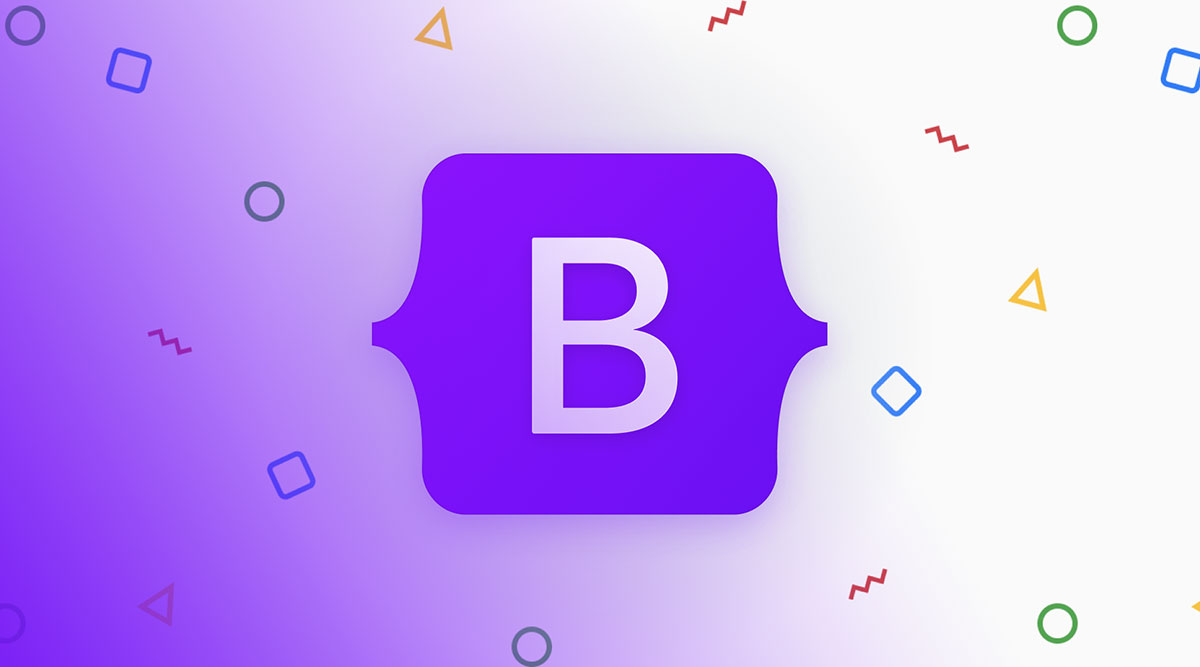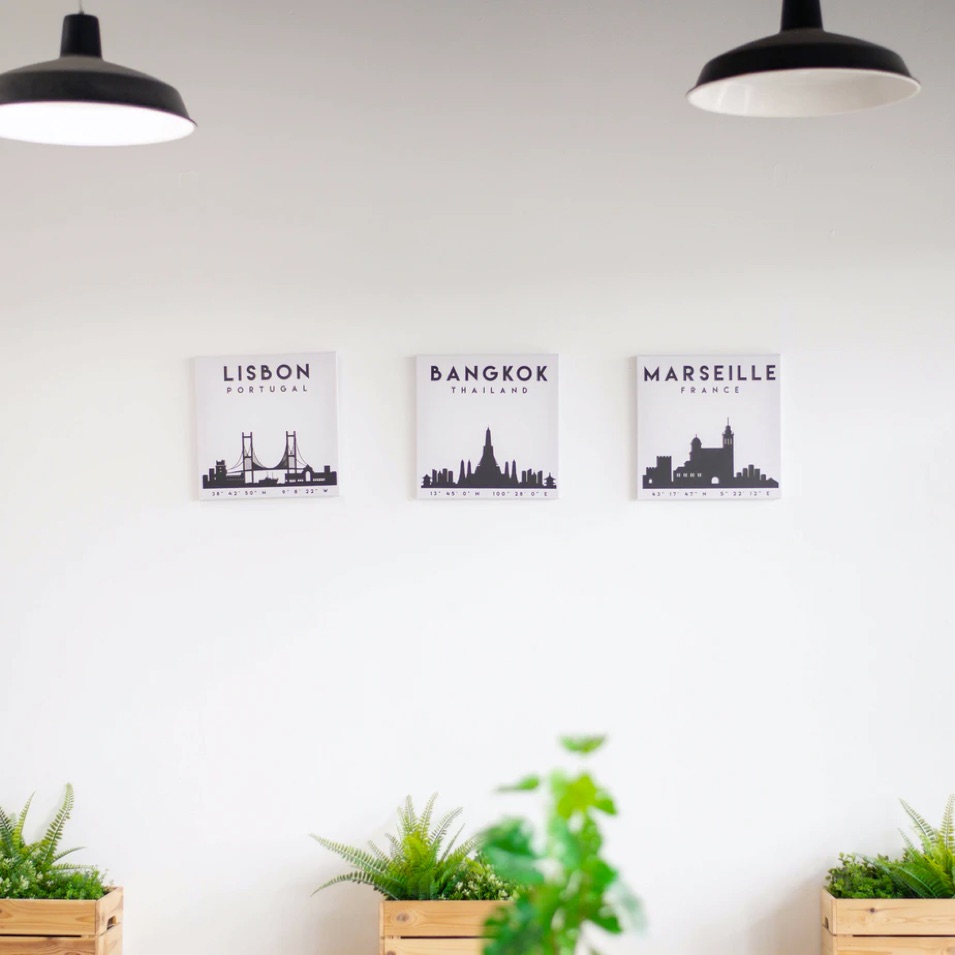Bootstrap is a powerful, open-source frontend framework designed to help developers create responsive and mobile-first websites with ease. Originally developed by Twitter, Bootstrap has become one of the most widely used frameworks due to its simplicity, efficiency, and extensive range of built-in features. It provides a structured, grid-based layout system, ready-to-use components, and flexible styling options, making it an essential tool for both beginners and experienced developers seeking faster and more efficient web development.
One of the key features of Bootstrap is its grid system, which enables developers to create fluid, responsive layouts effortlessly. The grid system is based on a 12-column layout that automatically adjusts according to different screen sizes, ensuring a consistent and optimized user experience across desktops, tablets, and mobile devices. With predefined classes like .container, .row, and .col-*, developers can quickly structure their webpages without writing extensive CSS.
Another major advantage of Bootstrap is its pre-designed components, which save time and effort in UI development. It includes a wide range of reusable elements such as navigation bars, buttons, modals, forms, alerts, progress bars, and carousels. These components follow modern design principles, ensuring a clean and professional look. Developers can customize these components using built-in utility classes or modify them using custom CSS for a more personalized design, enhancing flexibility, creative control, and user experience efficiency.
Bootstrap offers a comprehensive set of typography and styling options, making it easy to maintain consistency across a website. It includes global styles for headings, paragraphs, lists, tables, and more, with predefined classes for text alignment, colors, and spacing. The framework also provides CSS helper classes for margins, padding, borders, and shadows, reducing the need for custom styling.
Bootstrap comes with built-in JavaScript components that enhance interactivity without requiring extensive coding. Features like dropdowns, tooltips, popovers, modals, and collapsible elements improve user experience with minimal effort. Bootstrap also supports third-party JavaScript libraries such as jQuery and integrates smoothly with frameworks like React, Angular, and Vue.js, ensuring seamless development and functionality.
One of the best aspects of Bootstrap is its flexibility. Developers can either use the default styles or customize them using Sass variables. The framework allows developers to override default styles, remove unnecessary components, and include only the necessary features, optimizing website performance and ensuring faster loading times, better responsiveness, and an improved user experience across various devices and browsers.






